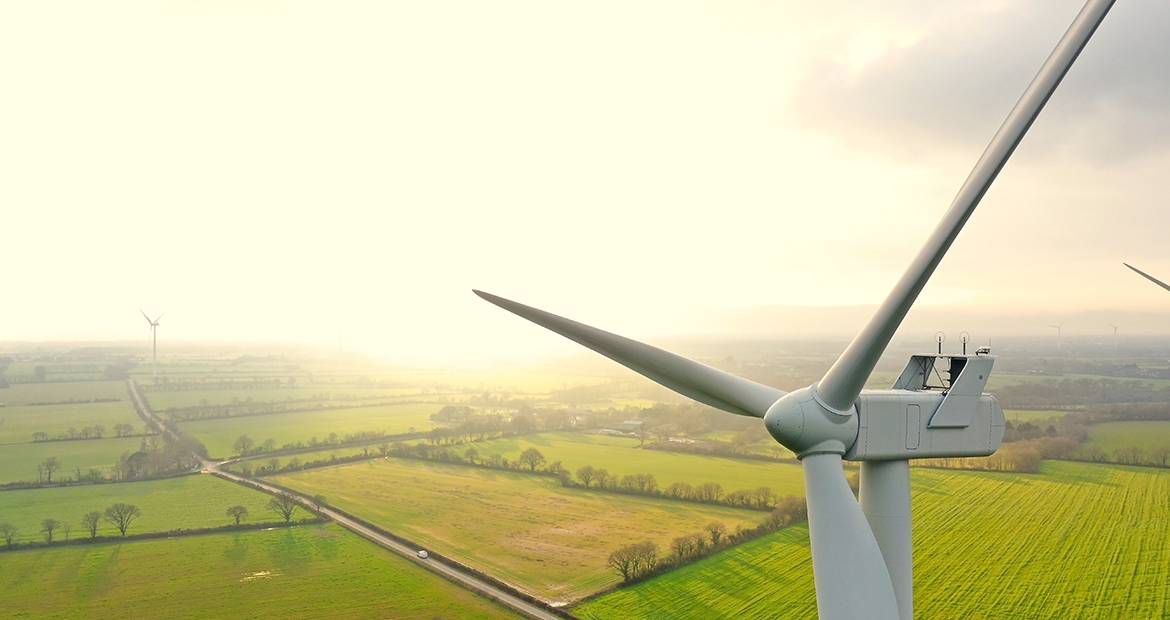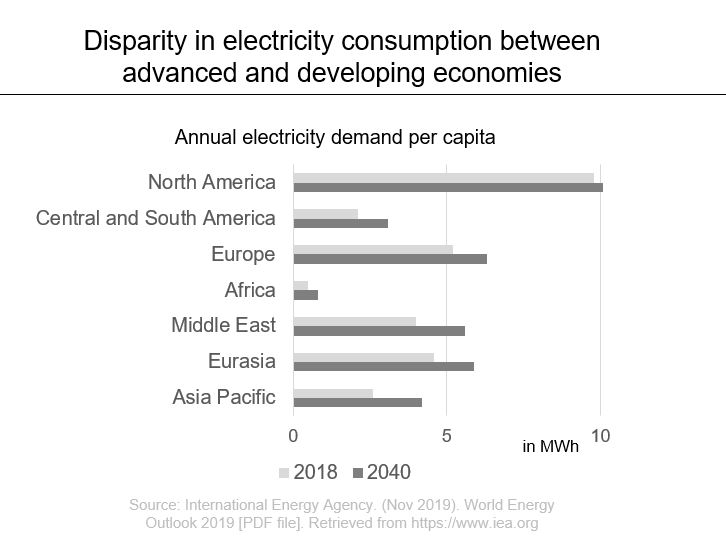Energy IQ: Six insights into the future of energy and sustainability every consumer needs to know – Part II
By Aytek Yuksel, Content Marketing Leader - Power Systems

The International Energy Agency’s annual World Energy Outlook aims to deepen our understanding of the future of energy. With this blog post, you can digest the insights most relevant to every consumer when it comes to the future of energy. Part I of this blog post focused on sustainability and affordability, and Part II builds upon that focus with three additional insights.
No. #4: Fossil fuels continue to receive higher subsidies than renewables
Subsidies have been instrumental in making renewables a financially viable energy technology and contributed to the growth in the installed base of renewables. Subsidies, whether for renewables or for fossil fuel, also make access to energy more affordable for larger portions of the world’s population when applied effectively.
In 2018, renewables received just under 200 billion dollars of subsidies while fossil fuel consumption received over 400 billion dollars of subsidies. It is also important to highlight that subsidies for renewables have been in a continued increase while the subsidies for fossil fuels remained the same compared to a decade ago.
No. #5: Consumers can contribute to sustainability through energy efficiency
Energy efficiency is considered the most important lever to reduce carbon emissions, and over 240 billion dollars (approximately the same as the country of Portugal’s annual gross domestic product), was spent on energy efficiency improvements in 2018. While a large portion of energy efficiency improvements are more relevant to industrial and commercial energy users, consumers also have several venues to improve their energy efficiency.
Consumers can simply program some of their appliances such as dryers and washers to run around the middle of the day when electricity generation from solar photovoltaic peaks and avoid using selected appliances when renewable sources generate less of our electricity. Today’s connected appliances and electric vehicles make it easier than ever for consumers to adapt these energy efficiency habits.
No. #6: Large disparity in electricity consumption between advanced economies and developing economies
From now to 2040, nearly 90% of the increase in electricity demand will come from developing economies; more interesting is after such a large increase in electricity demand, a person living in a developing economy will still consume significantly less electricity than a person living in an advanced economy.
In advanced economies, improvements in energy efficiency offset the increased electricity demand generated by electrification and digitalization. Meanwhile, in developing economies increased industrial production, rising consumer wealth and growing commercial activity drive up the demand for electricity.
Well informed consumers make better choices when it comes to shaping the future of energy. These insights are summarized for you to have a well-rounded understanding of energy markets and what the future holds. You can leverage these insights as you evaluate your next appliance purchase or as you evaluate your expectations from your local policy makers.
Sign up below for Energy IQ to periodically receive relevant insights and trends about energy and electricity sectors. To learn more about distributed generation solutions Cummins Inc. offers, visit our webpage.
Think your friends and colleagues would like this content? Share on LinkedIn and Facebook.
Author Profiles

Aytek Yuksel, Content Marketing Leader - Power Systems
Aytek is a marketing leader at Cummins, focusing on technology and thought leadership. Since joining in 2008, he has held various marketing roles and now shares insights on markets, technologies, and energy transition. Aytek lives in Minneapolis with his wife and two kids.
Related Tags